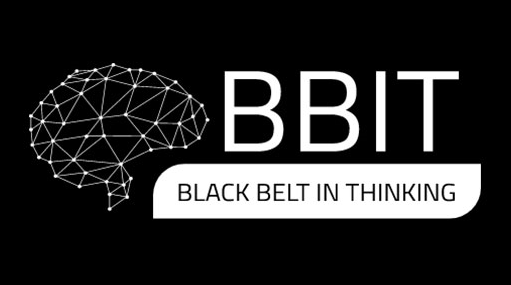Back in 2005, shortly after graduating, I met two founders that I greatly admired, and still do! They were very much alike. Both had started businesses from scratch and had grown them past the start-up stage. Both were smart, successful men, driven to scale their companies and take over the World. Even in their personal lives, they mirrored each other; being married and having 2 children and a cat, each.
It is now 2022 and the two men are still very much alike… Both are successful and still run their own businesses. But there is one major difference… And it is not that one had become a dog person through the years!
One of the men still has the business he had in 2005. He navigated the 2008 global financial crisis and survived and thrived in the times when Covid really did a number on the economy. He wanted to scale his business but he hit a ceiling, and that is, unfortunately, forcing him into early retirement.
The other man has gone public and now runs one of the most successful companies listed on the ASX. He has plans for high growth for years to come and, seemingly, no plans to retire.
What made the difference?
I still know both of them. And it is clear as day to me what made their present destinations diverge in such a drastic way years later. It is not intelligence, or hard work, or luck. It isn’t that one of them wanted it more than the other. The difference is not in knowing something no one else does. The difference is in how you structure what you know to make more effective decisions. The difference is in cause-and-effect thinking.
A crucial pivot to success, separating the two men, was fast, effective decision-making, that capitalised on the right opportunities, at the right time.
In a slow-growth environment, most decisions can be made with heuristics. In fast-growth environments, there’s a second layer of decisions that relate to growth (first derivative vs second derivative). Heuristics cannot help in the second derivative environment because they evolve through the process of trial and error and are passed down from generation to generation.
Reasoning from first principles
To be successful in fast-growth environments, we have to reason from first principles.
And in order to reason from first principles, we must upgrade our wetware to think in terms of cause and effect. ‘If I do X then Y is inevitable’ or ‘In order to achieve Y, I must first do X’… with this type of thinking structure, the second founder was able to create causal loops that leveraged his time and effort. He was able to engineer his future reality to achieve his ultimate goal.
What this means for you
As a founder, you are constantly on the go. You are at the helm, and no doubt have a map of where you’re steering the ship, but your map can be unreliable. Murphy strikes or the current gets stronger, which means you get off course, or the journey gets longer, and sometimes you wonder if you’ll ever get there.
And as you try to get back on course and speed the ship up you are faced with more problems to solve and decisions to make than there are hours in a day. Your TODO list is overflowing, you are pulling late nights and, more often than you’d like to admit, you’re missing out on time with family and friends.
The ship is full steam ahead though, and you need to make decisions on the go. You don’t have time to hesitate. To second-guess. To overthink. So, you go with your gut. Which sounds reasonable; after all, you founded the company! You have more knowledge and intuition about your product and your market than anyone else.
But you find the outcome of these gut decisions is often times hit-and-miss.
What if it didn’t have to be?
What if you could know, with certainty, that the decisions you make today will result in exactly the outcome you want in the future.
What if you could course-proof your map so that it is precise and predictable?
What if you could find a way to your final destination that was obstacle-free and quicker than you ever imagined possible?
What if I told you that we could teach you the exact same decision-making tools that the second founder used to scale his business from $10 million in sales to a $10 billion market cap in just 10 years?
Because we can. This founder happens to be one of the first graduates of our Black Belt in the Thinking training program, and we have taught the same tools and techniques to over 350 business people since…
Join us on the next cohort to learn how to upgrade your wetware and map out your equivalent of a $10b market-cap dream.
Mirta is a Director of ViAGO Limited, a behavioral science enthusiast, and a mum to three boisterous boys.
